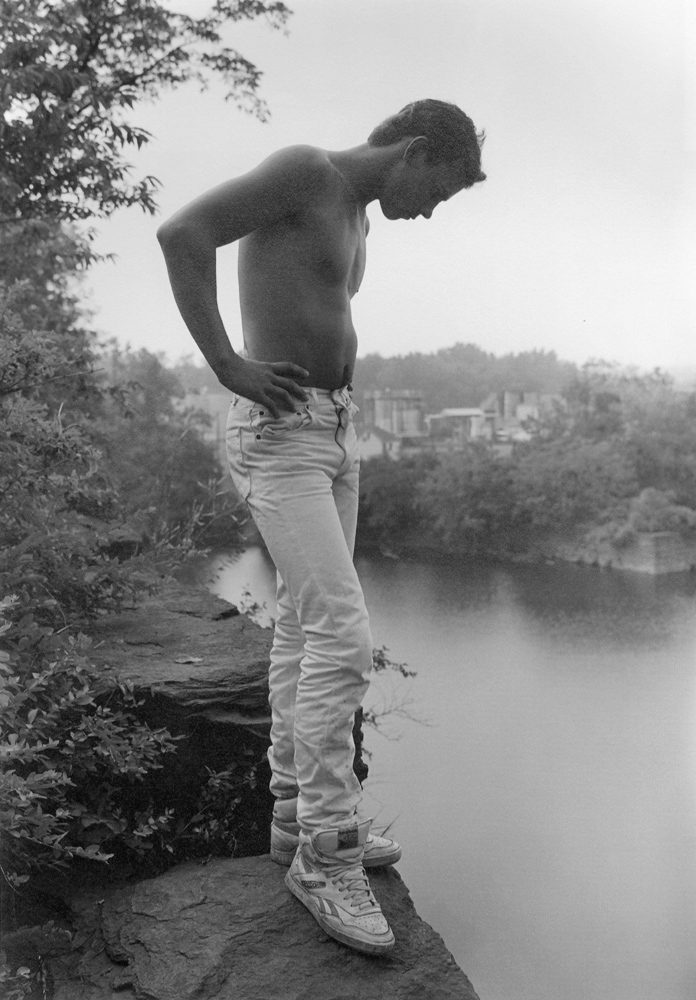
Mark Steinmetz works in the venerable tradition of photographic prowling that bets everything on the ordinary. Each picture is the fruit of an unplanned encounter: Though the photographer may know more or less where he is going, he can’t know precisely what he will find. An accumulation of these improvised perceptions can make both a world and a way of looking at it.—Peter Galassi
A series of three books—South Central, South East and Greater Atlanta—published between 2007 and 2009 brought the work of Mark Steinmetz to prominence. His quiet, yet confident, black-and-white portraits reflect the isolation and detachment of youth. They suggest transience and are an intimate connection to the lives of strangers.
His latest publication, Summertime, released this month by Nazerali, echoes the sentiment of his previous three books and features images taken over the last decade. Steinmetz tends to think about work over long periods of time, keeping the various bodies of photographs in his head and weaving pictures of the same spirit together. However it is not only process but also circumstance that resulted in the work taking so long to surface. When Steinmetz, who studied at Yale, began making his intimate black-and-white portraits in his twenties, interest rested in fabricated color photography, not photography documenting the way the world actually looked. With the world in a more sober place, viewers have been more receptive to Steinmetz’s point of view.
Although Steinmetz has at times worked in a more scheduled manner—including a series on Little League Baseball and one on summer camp—his preference is not to nail things down too specifically. “I don’t begin a project with an agenda that is going to over-determine the outcome,” Steinmetz recently told American Suburb X. “I think it begins with a faint vision—one of those whispers on a breeze—that somehow gets a grip on me.” The photographs in Summertime are the product of an intuitive roaming approach of a photographer who always has his camera with him, in search of people where they might be out in public.
Summertime opens with an image of a boy laying on his back with an empty school bus and deserted school yard in the background, which sets a school’s-out-for-summer kind of tone that continues throughout the whole book. The photographs are more widely spread geographically than those in the earlier publications concentrated in the South, as Summertime sees Steinmetz getting out more into the country: to New Haven, Conn.; Boston; Chelsea, Mass.; Chicago and rural Illinois. The images were taken in places where the photographer was either living, visiting his parents or teaching. That connection affords Steinmetz a familiarity and comfort and enables an ease he strives for with the strangers he photographs, which is reflected in the pictures. In black and white, things can rest a little easier in the frame. Summertime is more about the kids and that feeling of having all the time in the world in summer—and in the middle of winter, Summertime is what we yearn for most.
Summertime was published this month by Nazraeli Press.

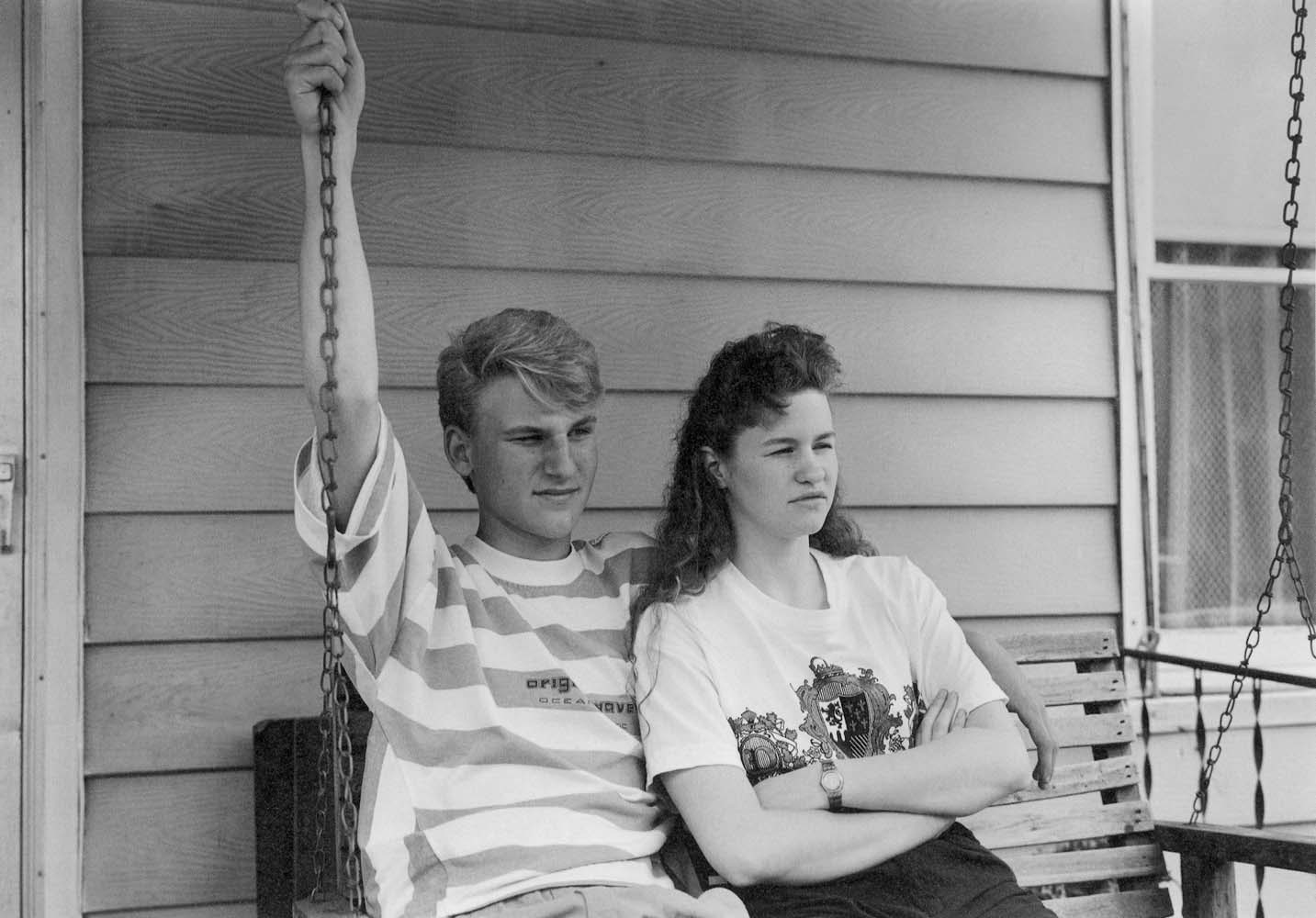
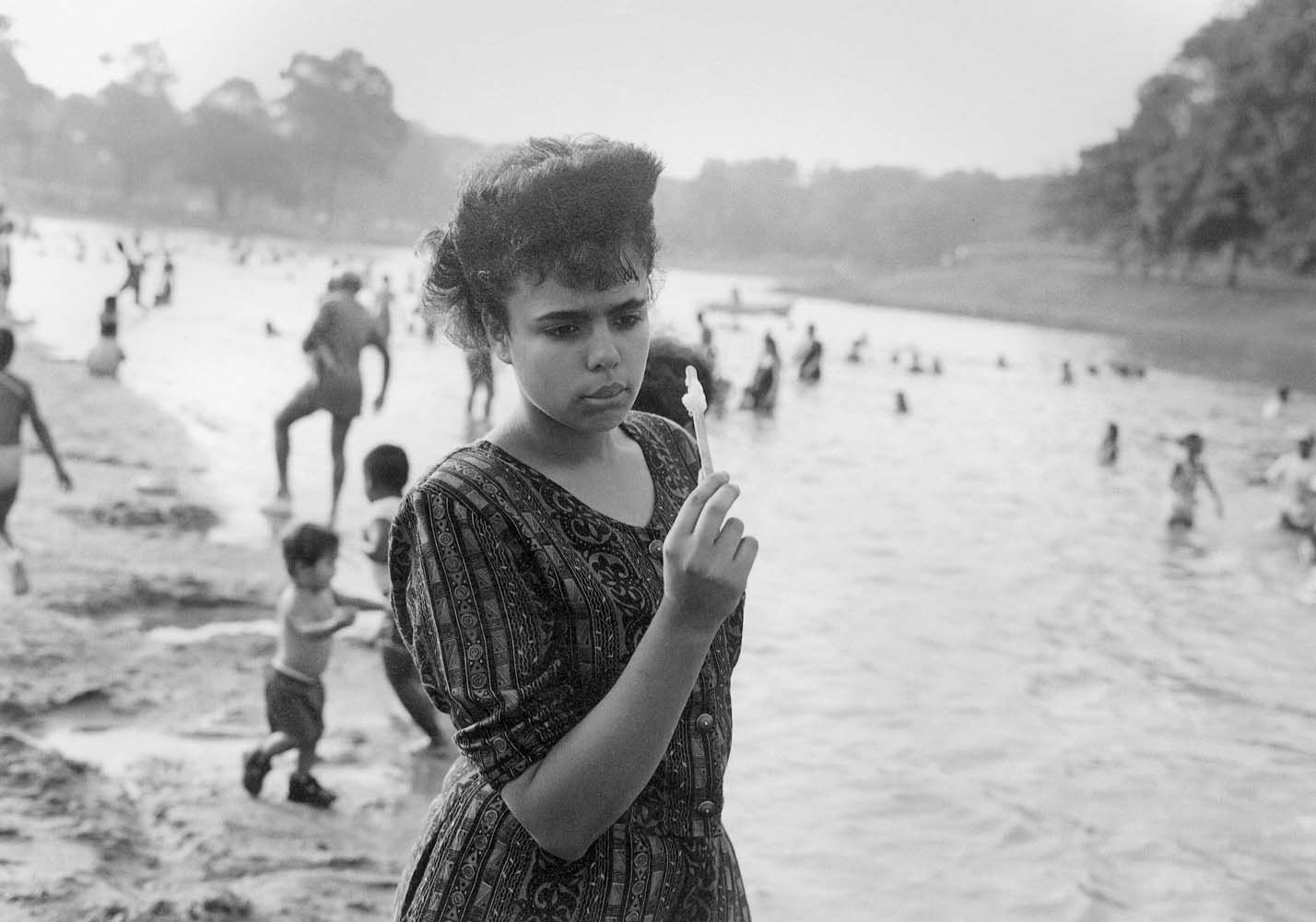
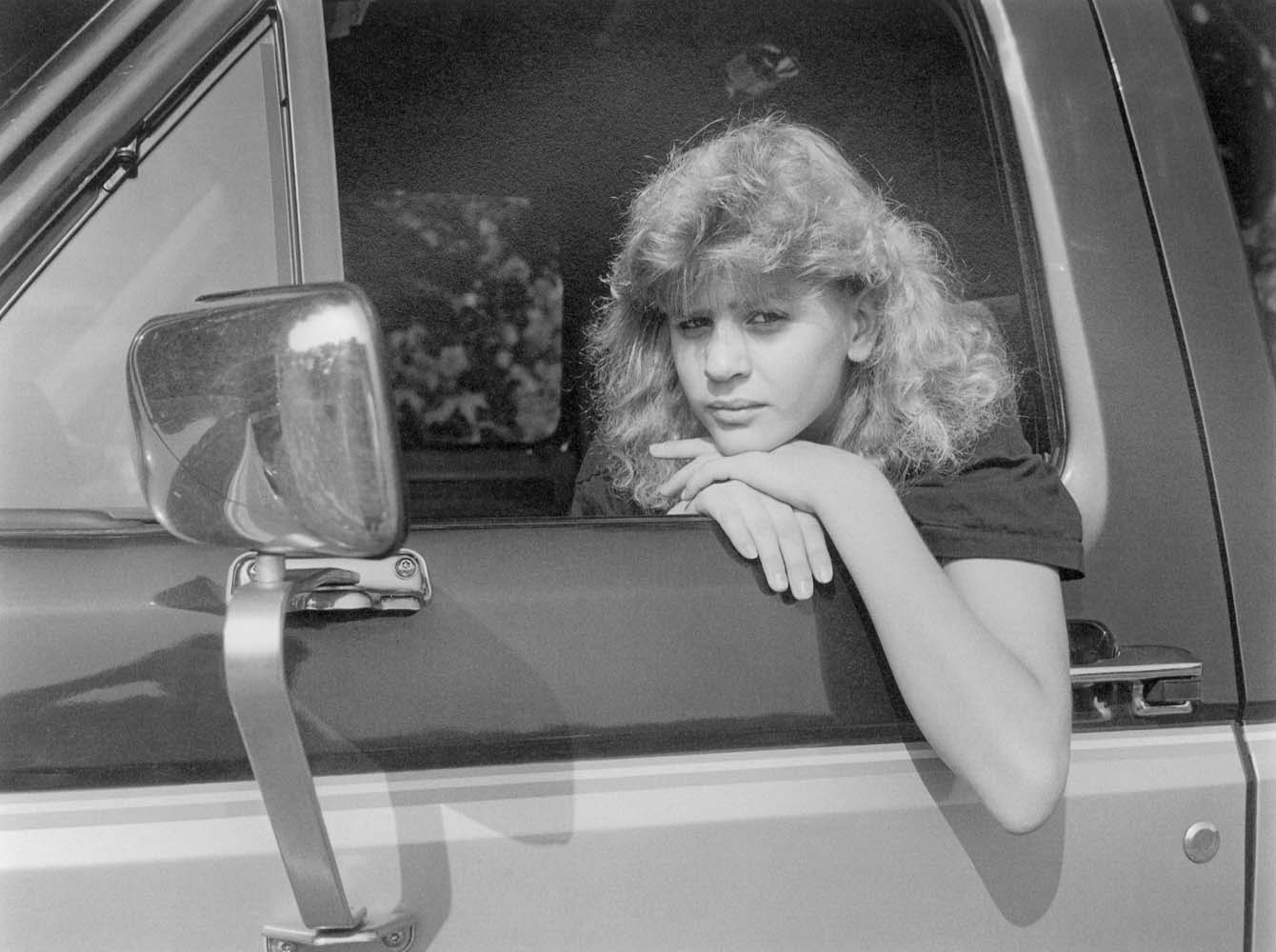




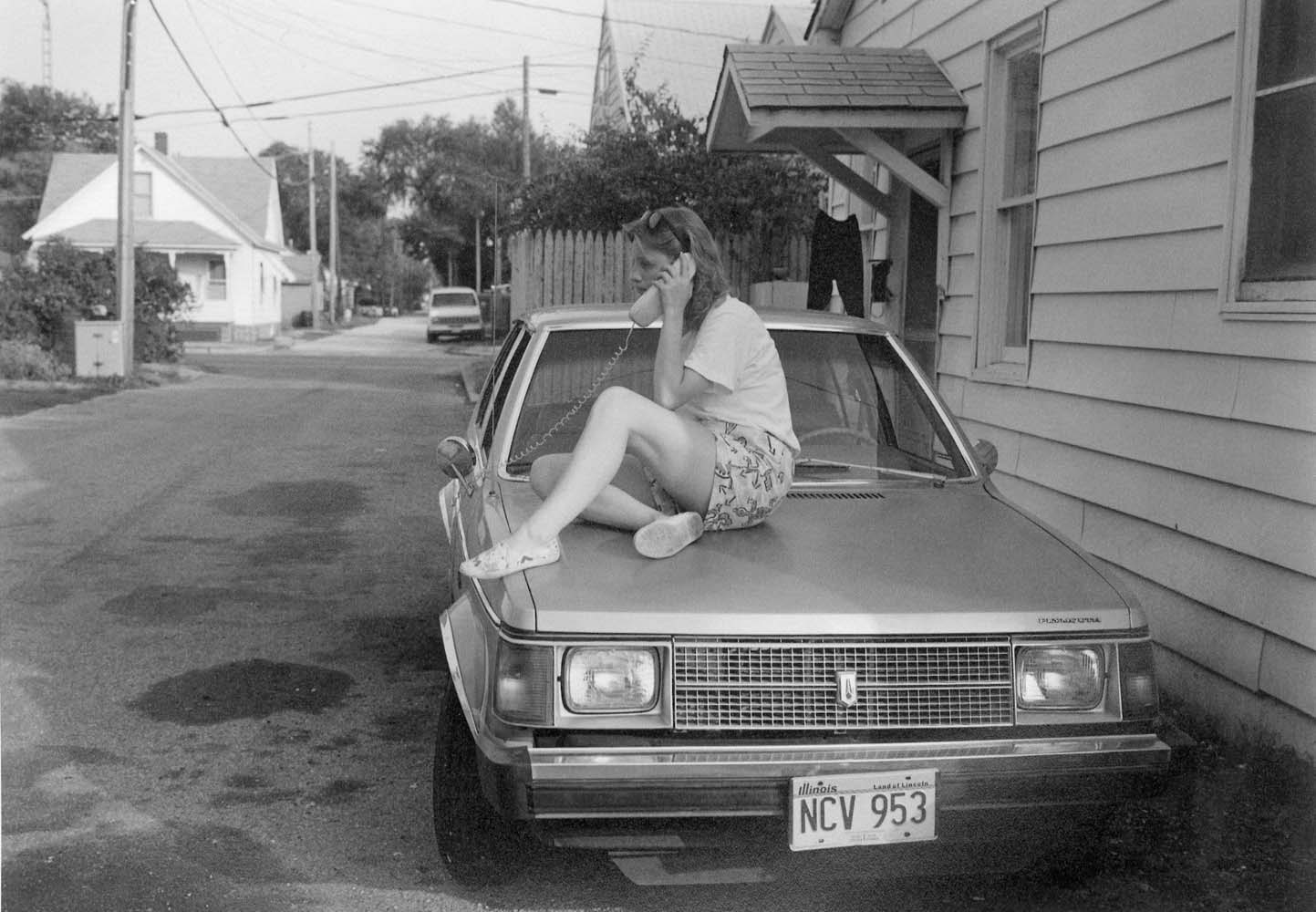

More Must-Reads From TIME
- The 100 Most Influential People of 2024
- Coco Gauff Is Playing for Herself Now
- Scenes From Pro-Palestinian Encampments Across U.S. Universities
- 6 Compliments That Land Every Time
- If You're Dating Right Now , You're Brave: Column
- The AI That Could Heal a Divided Internet
- Fallout Is a Brilliant Model for the Future of Video Game Adaptations
- Want Weekly Recs on What to Watch, Read, and More? Sign Up for Worth Your Time
Contact us at letters@time.com